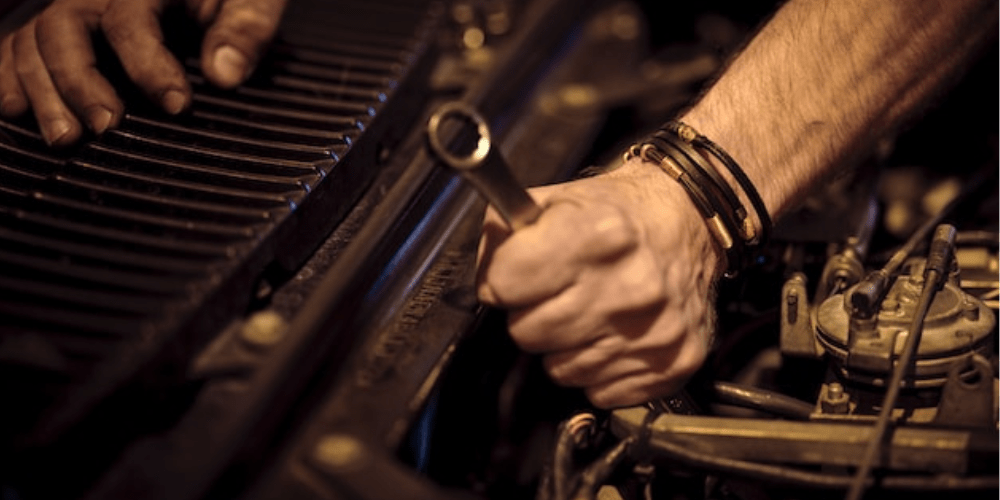There are several symptoms that can indicate a fuel pump problem. Here are some common signs that your fuel pump may have gone wrong:
- Engine won’t start: A failing fuel pump may not be able to supply enough fuel to the engine, which can prevent it from starting.
- Loss of power: If your engine is losing power or feels sluggish, it could be a sign of a weak fuel pump for car that is not delivering enough fuel to the engine.
- Engine sputters: If your engine is sputtering or hesitating while accelerating, it could be a sign of a fuel pump that is struggling to keep up with the engine’s demands.
- Engine stalls: A failing fuel pump may cause your engine to stall or cut out while driving, particularly at high speeds or when accelerating.
- Noisy fuel pump: If your fuel pump is making a loud whining or buzzing noise, it could be a sign that it is failing and struggling to pump fuel properly.
- Low fuel pressure: A fuel pressure gauge can be used to measure the pressure of the fuel system. If the pressure is consistently low, it could indicate a failing fuel pump.
Mechanics can diagnose the problem and recommend the appropriate repairs or replacement of the fuel pump if necessary.
Fuel pump maintenance:
It’s important to perform regular maintenance to keep your fuel pump in good working condition. One of the most important things you can do is to use high-quality fuel. Low-quality or contaminated gasoline can clog the fuel pump and cause it to work harder than necessary, which can lead to premature failure.
Maintenance:
Another key maintenance task is to replace the fuel filter regularly. The fuel filter is responsible for removing impurities from the fuel before it reaches the engine, and a dirty or clogged fuel filter can cause the fuel pump to work harder than necessary. As a general rule, it’s a good idea to replace the fuel filter every 30,000 to 50,000 miles, although this can vary depending on your vehicle’s make and model.
Full fuel tank:
Finally, it’s important to keep your fuel tank at least a quarter full. Running your car with low fuel levels can cause your fuel pump to work harder than necessary, which can cause it to overheat and wear out faster. Additionally, running on a near-empty tank can cause the fuel pump to suck up any sediment or debris that may have settled at the bottom of the tank, which can cause damage to the fuel pump and other components.
You can help ensure that your fuel pump continues to operate properly and avoid costly repairs down the road. If you notice any signs of a failing fuel pump, such as a loss of power or difficulty starting your engine, it’s important to have your vehicle inspected by a qualified mechanic as soon as possible to avoid further damage by following these simple maintenance tasks.

